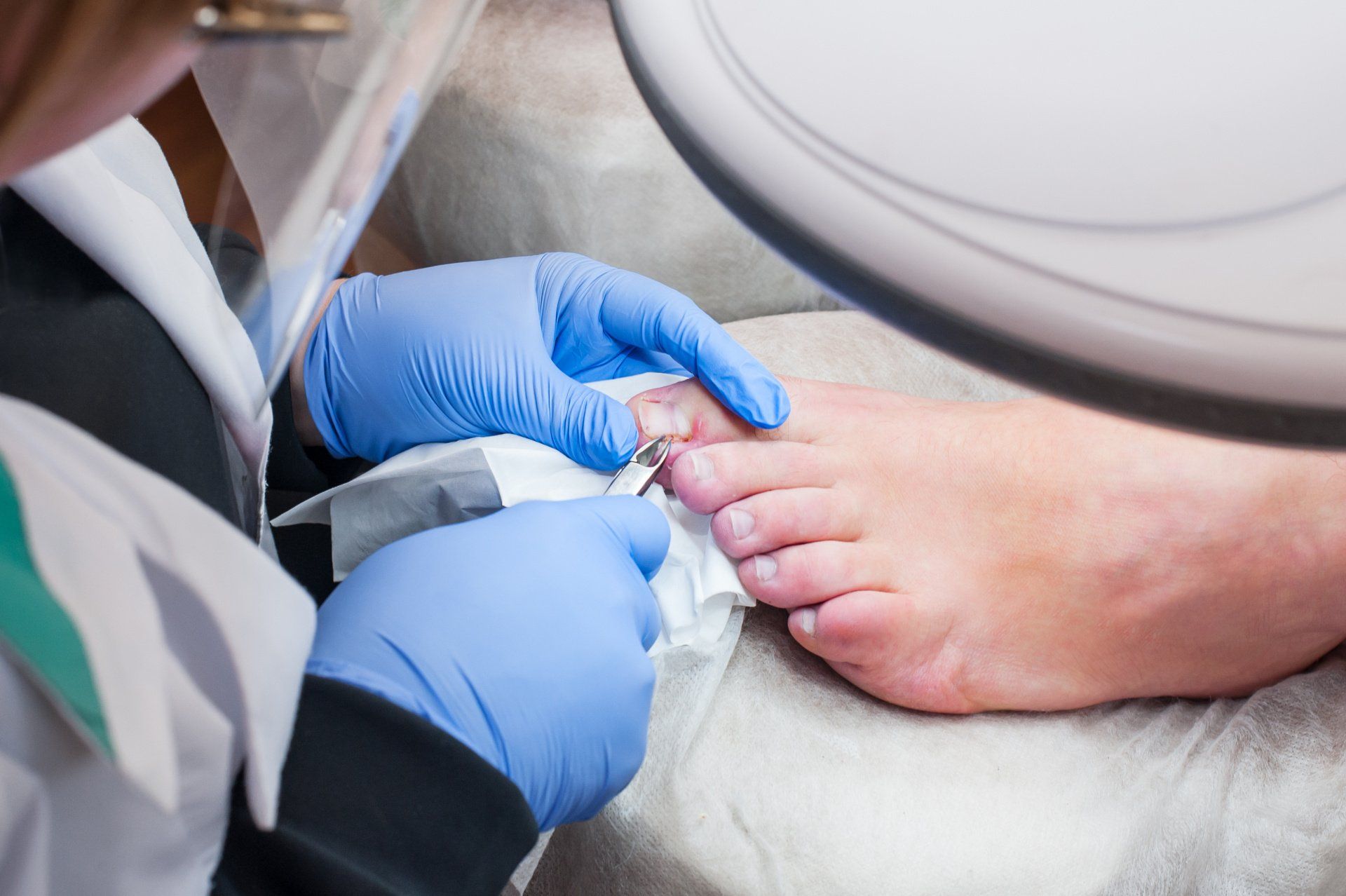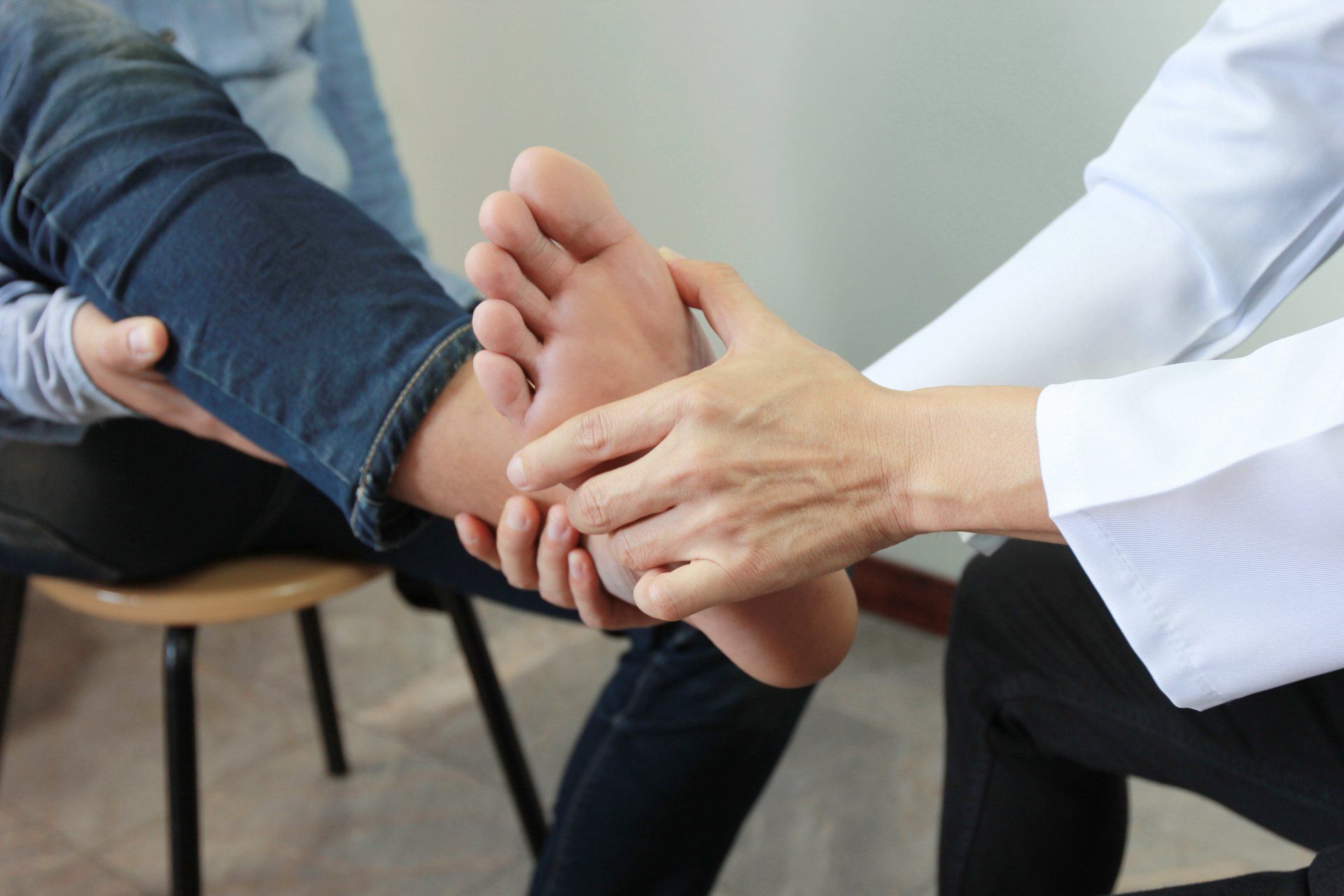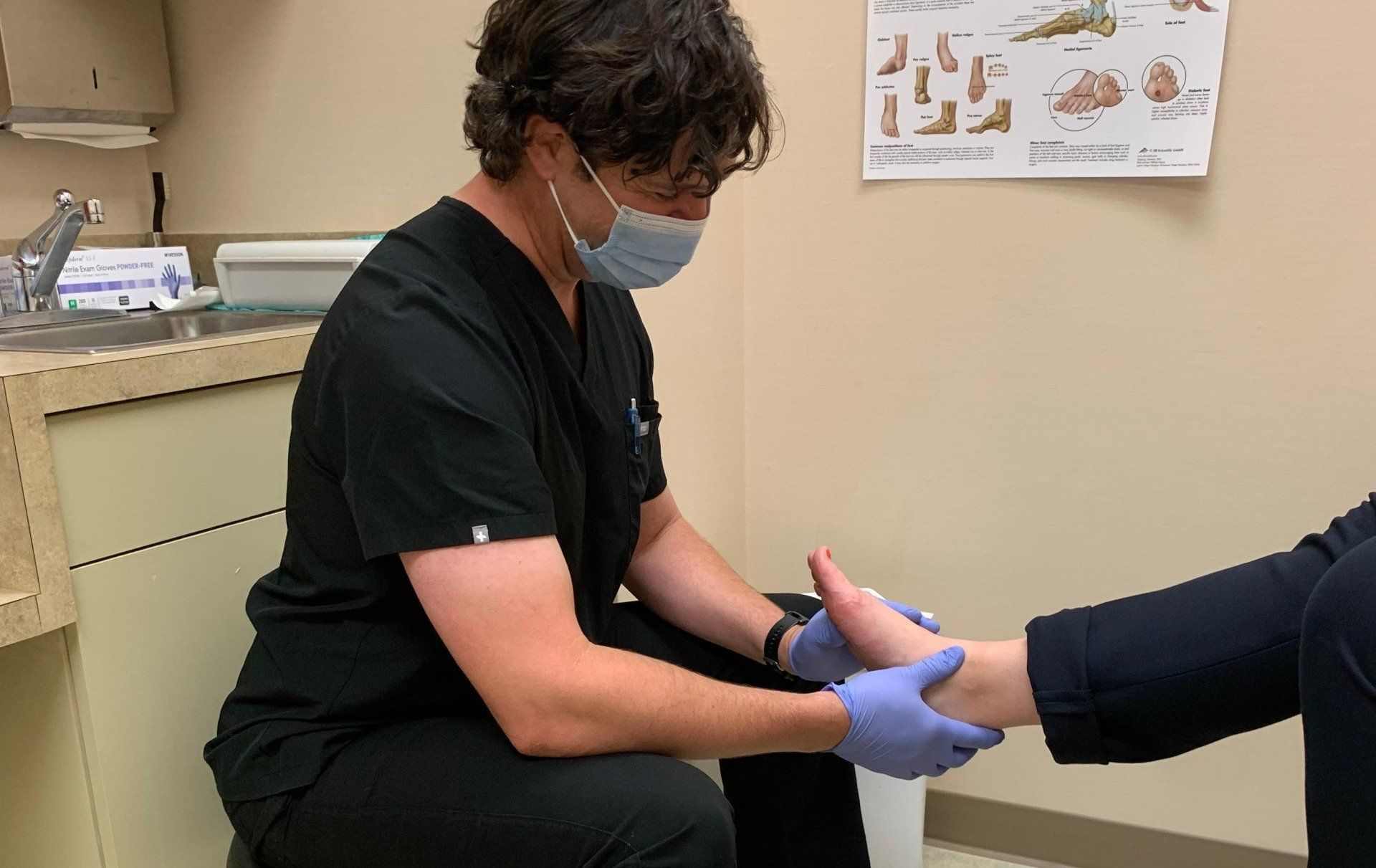Morton's Neuroma Treatment in Baton Rouge
What is Morton's Neuroma?
Morton’s neuroma is among the most common causes of foot pain, specifically pain that affects the ball of the foot or forefoot. In the condition, an abnormal thickening of the nerve between the second and third or third and fourth toes occurs. This inflammation can cause pain and make it difficult to walk on the affected foot.
What are the Symptoms of Morton's Neuroma?
Morton’s neuroma begins gradually and may not cause noticeable symptoms for some time. However, over time, as the nerve continues to thicken, signs of the problem are likely to occur. These signs often include:
- Pain between the toes that can be described as sharp, stinging, or burning
- Tingling or numbness of the foot
- Swelling at the affected location between the toes
- Sensation of walking on a pebble, marble, or bunched sock
- Worsening forefoot pain when wearing heels or raising up on the balls of the feet
What Causes Morton’s Neuroma?
While there is not one particular cause that can be pointed to in all patients who develop Morton’s neuroma, there are elements that can be identified as contributors to a patient’s overall likelihood for developing the condition. Among these are:
- Types of Physical Activity – Pressure placed specifically on the ball of the foot while running or participating in sports such as soccer or ballet can increase the chances for Morton’s neuroma
- Shoe Selection – High heels, particularly those higher than 2 inches, can be exceptionally stressful for the foot, placing excessive pressure on the ball of the foot for extended periods of time.
- Congenital Foot Condition – Patients with high arches or excessively flexible feet are more likely to suffer from Morton’s neuroma.
How is Morton’s Neuroma Diagnosed?
A patient’s indication of type, location, and frequency of their foot pain is the first reliable indicator of a Morton’s neuroma. To confirm this diagnosis, a podiatrist will perform a physical examination using a procedure known as Mulder’s sign. During his test, the physician will manipulate the foot in a distinct way to elicit the signs of Morton’s neuroma in the forefoot.
While x-ray imaging of the foot will not identify a Morton’s neuroma as it occurs in the nerves of the foot, one may still be requested to help eliminate the possibility of other foot conditions.
Can Morton’s Neuroma be Treated at Home?
Most patients can successfully find relief from their Morton’s neuroma using conservative, at-home treatments. Rest and ice are immediate, frontline options to bring quick relief to a bothersome neuroma. However, the most impactful changes will be in the shoe department. Stiff, supportive shoes with a wide toe box will help by preventing compression of the toes and nerve. If heels must be worn, they should be under two inches. In addition, a supportive shoe insert known as a metatarsal pad can provide cushion.
Do I Need Surgery for Morton’s Neuroma?
Most patients will not need to undergo surgical treatment for a Morton’s neuroma. In cases where surgery is warranted, an incision will be made on the top of the foot to carefully removed the inflamed portion of the nerve. This procedure is known as neurectomy. While it does successfully remove the neuroma, some patients may experience long-term side effects like toe numbness due to the altered nerve. In the majority of surgical cases, the patient is once again able to wear a normal shoe in about 4-6 weeks' time.
Morton’s Neuroma Specialists in Baton Rouge
PATRICK B. HALL, D.P.M.
Podiatric Surgery
Foot & Ankle Specialist
RELATED READING





